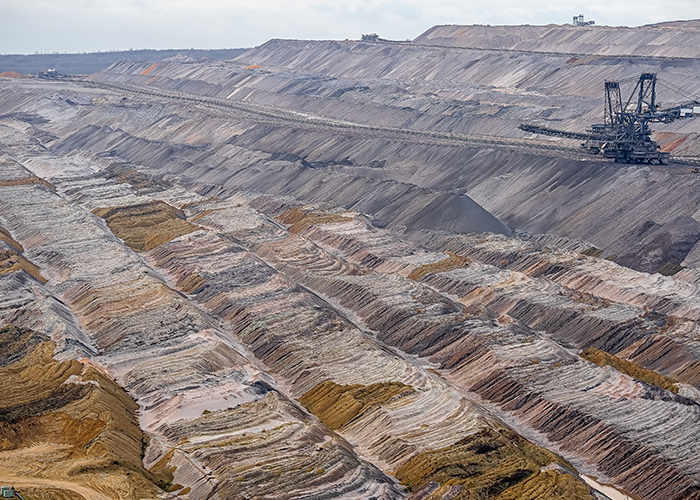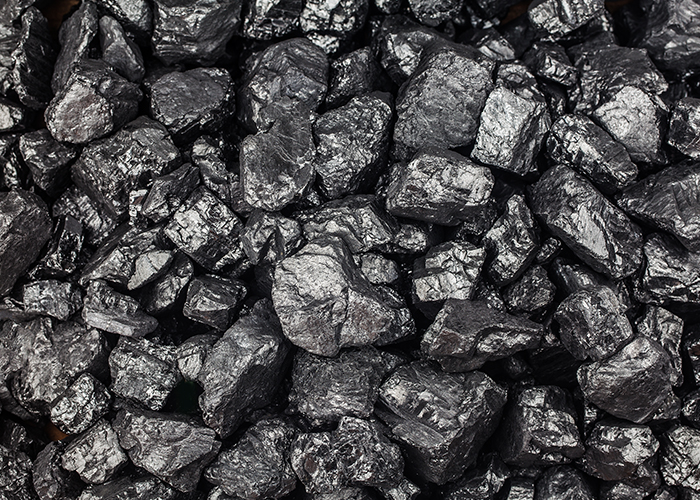High-quality iron ore is in great demand, prompting mining companies like Sree Metaliks Limited to explore innovative ways to extract this vital resource in the purest form. Sree Metaliks Limited is a prominent iron and steel industry player, with state-of-the-art manufacturing facilities equipped with modern technologies and machinery.
|
Table of Content
|
The company focuses on maintaining high quality standards and adhering to environmental regulations. We have leveraged advanced physical beneficiation methods to improve the overall productivity of our operations.
What is an Iron Ore?
Iron ore is a mineral substance mined and extracted from the Earth’s crust. It is a crucial raw material used for various purposes such as steel production, infrastructural development, energy production, etc. Iron ore typically occurs in the form of rocks and minerals, from which metallic iron can be economically extracted. Iron ore is typically extracted through open-pit or underground mining methods, depending on the depth and location of the ore deposit. Large machinery, including excavators, bulldozers, and drilling rigs, is used to extract and transport the ore to processing facilities.
Read more: Types of Iron Ore in India and Its Production
What Is Iron Ore Beneficiation?

Iron ore beneficiation is the process of improving the quality of iron ore by removing impurities and increasing its iron content. It is necessary to reduce alumina and silica in the feed. The process improves the chemical, physical, and metallurgical characteristics of the ore to make it a more desirable feed for iron-making furnaces. There are several techniques used in iron ore beneficiation, depending on the nature of the ore and its impurities. Some common methods include:
- Crushing and Grinding: The ore is crushed and ground into small particles to facilitate further processing.
- Gravity Separation: Gravity separation techniques, such as jigging, spiralling, or dense media separation, are used to separate the heavier iron ore particles from lighter impurities.
- Magnetic Separation: Magnetic separators are employed to separate magnetic minerals from non-magnetic ones. This is particularly useful for removing magnetite or other strongly magnetic minerals from the ore.
- Froth Flotation: Froth flotation is a commonly used method for separating fine particles of minerals. In iron ore beneficiation, froth flotation is employed to selectively separate the desired iron minerals from gangue minerals or other impurities.
- Chemical Beneficiation: Chemical processes can be used to remove specific impurities from the ore. For example, desulfurization may be performed to reduce the sulfur content of the ore.
- Heat Treatment: Some ores may undergo heat treatment to improve their magnetic properties, making them more amenable to magnetic separation.
The specific beneficiation process employed depends on the characteristics of the iron ore and the desired iron content. Beneficiation plants are typically designed to handle specific types of ores and may vary in terms of equipment, processes, and chemical treatments. It’s worth noting that iron ore beneficiation is an important step in the iron and steel production chain. By improving the quality of the ore, it becomes more suitable for iron and steelmaking processes, resulting in higher-quality final products.
Methods Used By Sree Metaliks Limited For Beneficiation
Sree Metaliks employs a comprehensive iron ore beneficiation process (wet process) to upgrade lean-grade iron ore fines.
- As ore contains natural fines and kaolinite, the scrubbing technique is employed at the beginning to remove the slimes (below 100 μm) before sending the grinding unit. With a drum scrubber and vibrating screen, the lean-grade ore is scrubbed and classified into different-sized fractions.
- The coarse fraction is beneficiated by the Jig to produce DRI feed material.
- The -5mm size fraction material is again classified at 1 mm and beneficiated the -5+1 mm size fraction using advanced gravity separation technique (in advanced fine Jig, with high frequency less amplitude) to produce sinter feed materials.
- The rejected materials from the gravity process and -1 mm size fractions are ground in the ball mill in a closed-circuit grinding process using a hydro cyclone and high-frequency screen.
- The ground product, along with slimes, are processed using a wet high-intensity magnetic separator (WHIMS) to enrich Fe value to prepare pellet feed materials. Finally, the non-magnetic fraction is rejected as the tailings.
Results Of Sree Metaliks Beneficiation

The beneficiation process implemented by Sree Metaliks has demonstrated impressive outcomes. Initially, hematite iron ore fines with a Fe content of 55-57% are processed to yield a concentrate with a Fe content of 61-62%. This higher-grade concentrate is ideal for producing high-quality iron ore pellets. While there is a loss of approximately 20-25% as tailings, these tailings still contain around 38-40% of Fe and can be repurposed to create value-added products or further recovery of iron values by advanced techniques like the reduction roasting process.
Read more: The Guide To Iron Ore Pelletizing
How Is Iron Ore Processed into Pellets?
Applications of Iron Ore Pellets
The Advantages of Iron Ore Beneficiation By Sree Metaliks
There are various advantages to the process we follow. These include:
- Elimination of hazardous materials
- Helps in water conservation
- Utilization of lean-grade ore
- Improves productivity
By leveraging this process, we have extracted more valuable resources and reduced wastages, leading and contributing to a sustainable mining approach.
Read more: The Scope Of Iron Mining Industry In India
For more information, please reach out to us at: Sales@sreemetaliks.com

